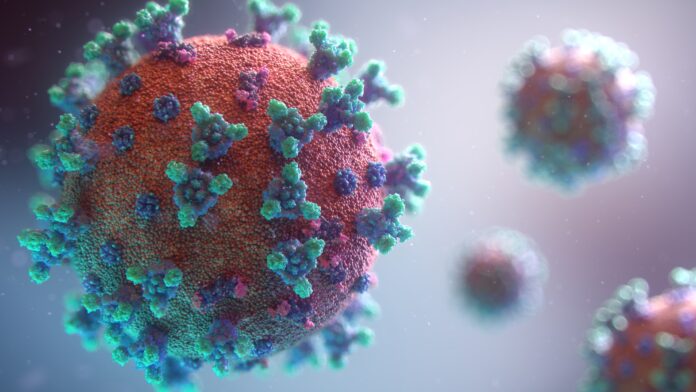Rather than just flattening or sloping gradually downwards, the latest numbers show that the curve has taken a decidedly downward turn. It will be interesting to see if we reach a new, lower plateau or if the numbers continue to decline over the remainder of the week.
Reported COVID-19 deaths increased by just 1,132, a 1.4 percent increase, in the past 24 hours. There were just 17,600 new cases reported, an increase of just 1.3 percent and the smallest we’ve seen since March.
We’ve heard repeatedly that there are two sets of numbers in the U.S., New York’s and the rest of the country. Because New York was so high a percentage of cases and deaths, many claimed that a drop in their caseload was tilting the country’s data and not accurately reflecting the coronavirus situation nationwide. If that was ever the case, it is not now. While New York’s reported cases dropped by about 600 in the past 24 hours, that represents only a small part of the 2,700 fewer cases reported nationally. That means 80 percent of the decline came from outside New York.
The New York Times is now reporting cases increasing in only eight states with a decreasing trend in 18. Among those states that are showing decreases are Georgia and Tennessee, which were among the first states to re-open.
While the Texas governor has said he expects and uptick in cases after reopening, the Georgia data demonstrates that an increase after reopening is not guaranteed. This bodes well for continued reopening across the country and may speed the ability of people to get back to work. If cases continue to slide even as testing increases, people should feel more comfortable about resuming their normal daily activities.
Global Data Steady
While U.S. number continue to slide, global numbers are steady, Worldwide, there were approximately 85,000 new cases reported, a 2 percent increase to 4.222 million. Deaths climbed to 288,368, an increase of about 2.5 percent.
Russia has leapfrogged Spain, Italy and the UK and is now reporting 232,243 cases. They are clearly on a trajectory much like the U.S. was a month ago. Brazil is also seeing case growth, reporting 170,582 cases so far, a number that is considered to be fr lower than the actual case count.
Vaccine or Bust?
Reading the media over the past 24 hours, you would think that we are all doomed unless a vaccine is created. Here are some recent examples:
- A scientist says we will never live normally without a vaccine
- Until we have a vaccine… the option of returning to normalcy doesn’t exist
- How to speed up vaccine testing and approval
On the other side of the coin, we have people wondering it if is even possible to create a vaccine. After all, there’s no vaccine for HIV, which been around for decades, or the common cold, which is also a coronavirus. And the flu vaccine has to be renewed every year and is often only 60 percent effective. Here is some related news coverage:
So are we to understand that if no vaccine is ever developed we’ll never get back to normal? Nonsense! At some point, the country will reopen and people will go about their business, regardless of what politicians say.
Stay-home orders have halted the spread, but momentum is firmly behind reopening. At some point, enough people are going to say “Damn the torpedoes, full speed ahead!” that reopening will happen, even if it happens willy nilly, one town at a time.
Dr. Michael Osterholm, director of the Center for Infectious Disease Research and Policy at the University of Minnesota, said the initial wave of outbreaks in cities such as New York City, where one in five people have been infected, represent a fraction of the illness and death yet to come.
“This damn virus is going to keep going until it infects everybody it possibly can,” Osterholm said Monday during a meeting with the USA TODAY Editorial Board. “It surely won’t slow down until it hits 60 to 70%” of the population, the number that would create herd immunity and halt the spread of the virus.…
Osterholm acknowledges that the nation “can’t lock down for 18 months” and said political and business leaders need to find a way to resume activities while adapting to a virus that won’t soon disappear. He doesn’t believe there has been enough of a frank assessment on the economic harm the virus will cause over coming months and its disruption to international supply chains.
Now if the rest of the country can just recognize the inevitable and let those who want to go back to “normal” do so and let those who want to shelter in place do so. Make individuals take responsibility for their actions and let the government worry about big issues, like international travel bans and the search for a vaccine.
To put today’s data in perspective, you can look back at news and numbers from yesterday or a week ago.








